
Visiting shrines and temples in Japan is at the top of any tourist’s to-do list. Standing in the midst of a thousand-year-old cultural artifact is truly an unforgettable experience.
Of course, you don’t want to disrespect the local culture and religion when you visit these important sites.
In this article, we will show you how to visit Japanese shrines and temples like the locals do.
Shrines and temples: What's the difference?
At first glance, shrines and temples may look the same. In fact, they have important differences.
Shrines are built to house Shinto deities called kami (神). Kami can be any element or quality of nature or the spirit of a deceased person.
Temples, on the other hand, are features of Buddhism and serve as monasteries and places to pray to Buddhas.
The majority of Japanese people participate in both Shinto and Buddhist rituals, which means they visit shrines and temples equally.
However, both types require a different set of procedures.
Passing through the gate
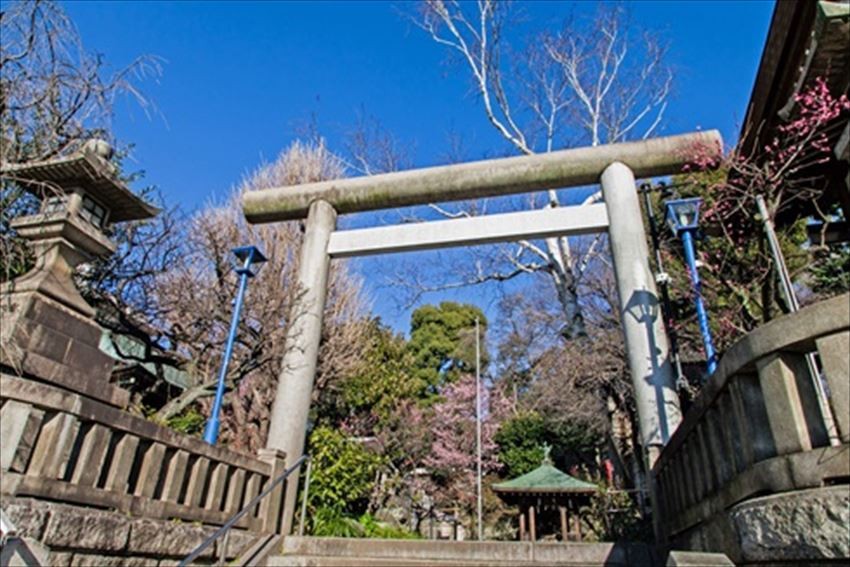
When you approach a shrine or temple, you will usually find a big gate that marks the entrance. Whether it's a shrine’s red Torii gate or a temple’s stone gate, it's polite to stop and give a slight bow. Remove hats and sunglasses when giving your greeting.
The gate is said to mark the beginning of sacred ground, or the entrance to the spirit world. It's polite to walk on the side of the path rather than the middle, because the middle is believed to be the walking path of the deity or Buddha.
Purifying hands and mouth
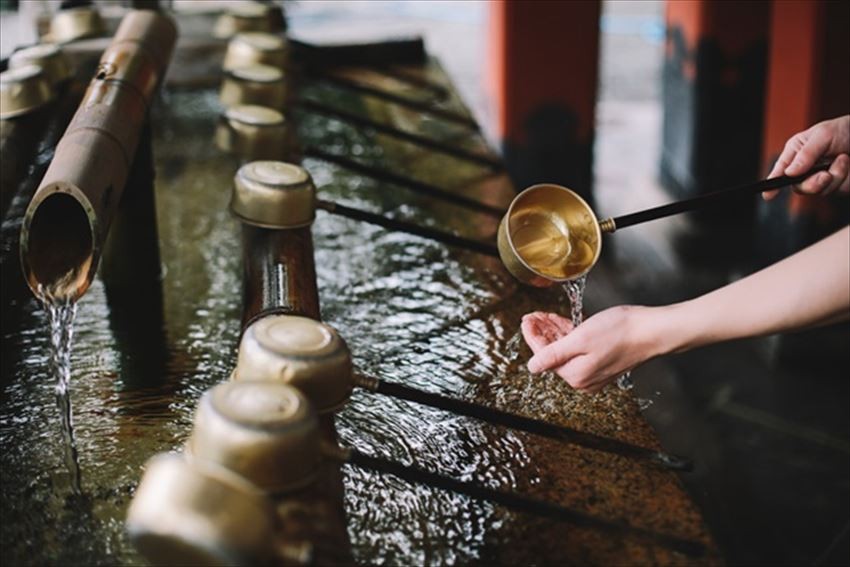
Once you’ve entered the grounds, purify your hands at the small water bath called a temizuya (手水舎) near the entrance of the shrine. This act of purification called misogi (禊) prepares you to approach the deity. (Not all temples have a temizuya, so if you can't find it, skip this step.)
Steps for purification
- Grab the ladle and dip it into the water. You only get one dip, so fill it up completely.
- Pour some of the water over your left hand, then your right hand.
- Then pour some water into your left hand and use it to rinse your mouth.
- Rinse your left hand again.
- Pour some water into your left hand, then pour out the remaining water and put down the ladle.
- Finally, use the water in your left hand to rinse the part of the ladle you touched.
Now you're ready to go around the shrine or temple grounds. There will be several buildings to see, as well as the main altar used for worship.
Approaching the altar
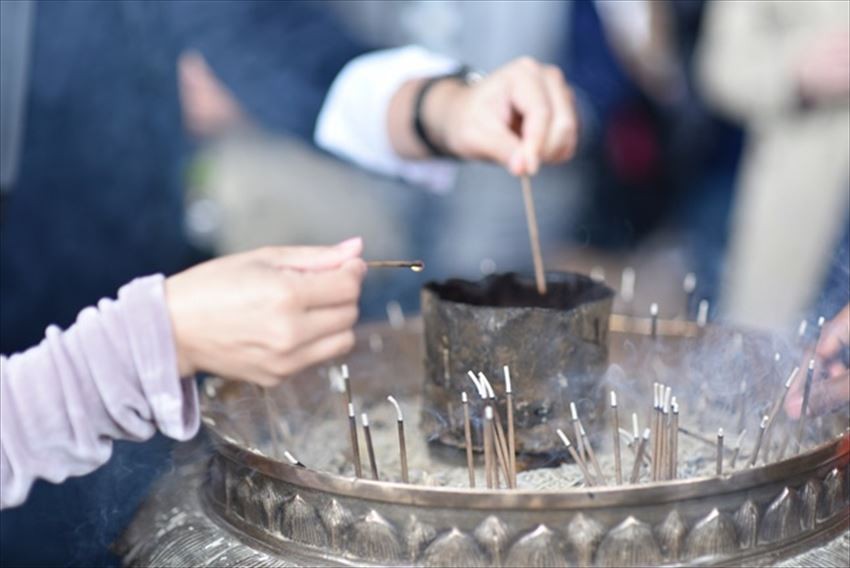
At a temple, you might find a section filled with incense and candles. These are offerings to the Buddha. You can leave your own incense or candle, but make sure you don't use someone else's candle to light your own, or you'll receive that person's karma.
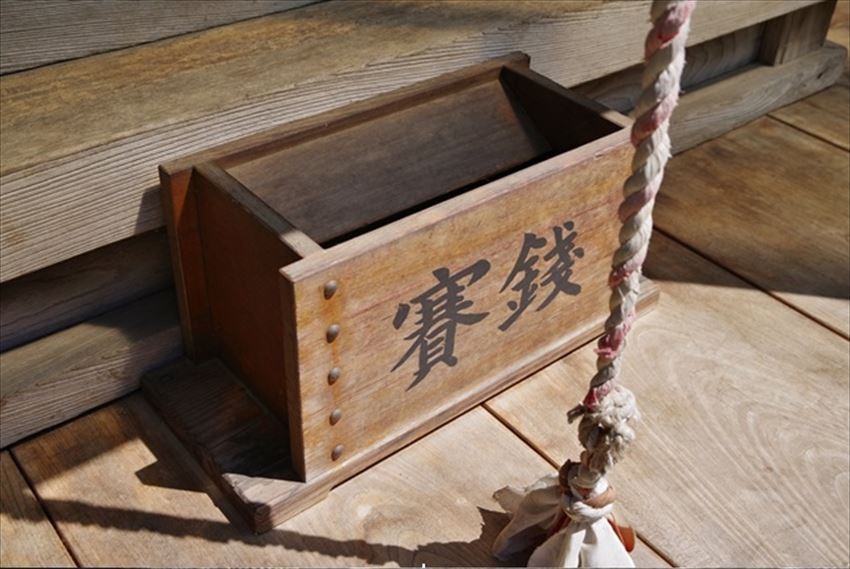
There's no need to offer worship if you don't want to. But if you'd like to greet the deity as Japanese worshippers do, start by putting a coin into the offering box. (It's polite to do this as quietly as possible.)
Next, if there's a bell and rope, ring the bell. This is said to alert the deity that you're visiting.
If you're at a shrine, bow twice, then clap your hands twice in a sign of gratitude. If at a temple, bow only once without clapping.
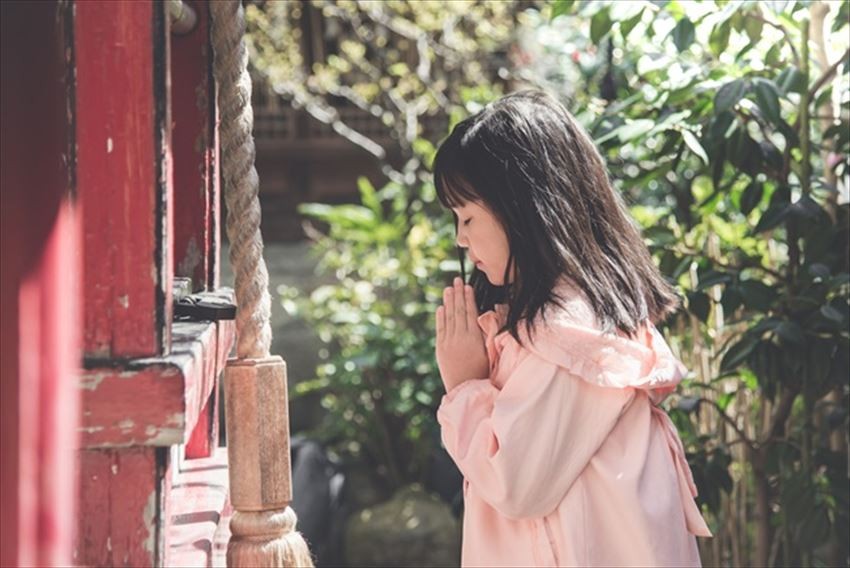
Next, press your hands together as you offer a silent prayer. Many worshipers also mention their name and address, so the deity knows who they are.
Finally, it's polite to give a single bow before leaving the altar. Finish with one more bow as you exit the gate and return to the human world.
Now you can visit a shrine or temple in Japan just like the locals do!
Want to know more? Read these articles.
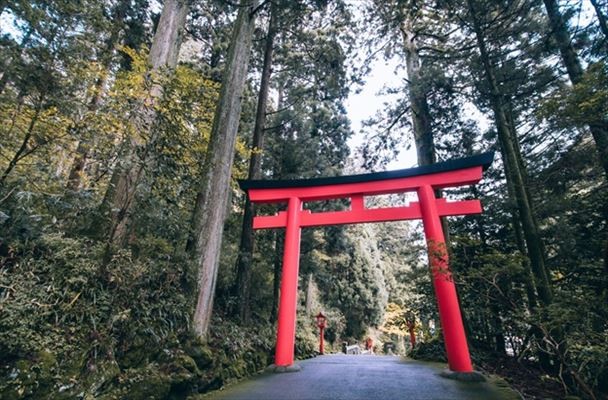
Comments